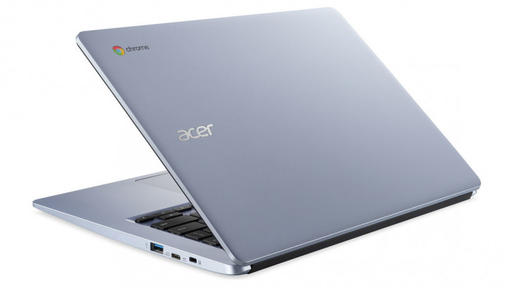Nvidia’s Max-Q tech is for powerful gaming laptops that don’t look like gaming laptops
/cdn.vox-cdn.com/uploads/chorus_image/image/55001649/DSCF5238.0.jpg)
Nvidia has announced Max-Q at Computex Taipei today, a new design approach that’s intended to enable thin, light, and quiet laptops with strong gaming performance. The company says that the Max-Q spec can cut the power consumption of a GTX 1080 in half, for example, allowing it to be used in an ultraportable notebook.
Nvidia is working from the principle that you get diminishing returns at some point when increasing performance capability, and Max-Q software figures out the optimal point to target. That GTX 1080 with half the power consumption is the exact same chip you’d find in a bulky gaming laptop today, but Nvidia says it should achieve about 90 percent of the performance in a thin and light design. Each Max-Q laptop requires the manufacturer to work closely with Nvidia on thermal and acoustic design to eke out extra efficiencies wherever possible.
Several manufacturers are announcing Max-Q designs at Computex Taipei this week, and the most interesting we’ve seen so far is the Asus Zephyrus. This Republic Of Gamers-branded laptop is 17.9mm thick, has a GTX 1080 GPU and a 120Hz G-Sync monitor, and fans that should come in below 39 dBA.
It’s a good example of how OEMs are working with Nvidia to create more efficient designs; the Zephyrus has a bidirectional thermal system on its edges and above the keyboard, and the rear of the laptop actually widens for extra airflow when you open the lid, as you can see in the GIF above.
Gaming laptops are increasing in popularity, despite their usual bulk and weight — Nvidia says 10 million were sold last year — and Max-Q could go some way to making the category more practical to a wider audience. The first units will ship in June, and we look forward to testing how well the spec works in practice.


Comments
Post a Comment